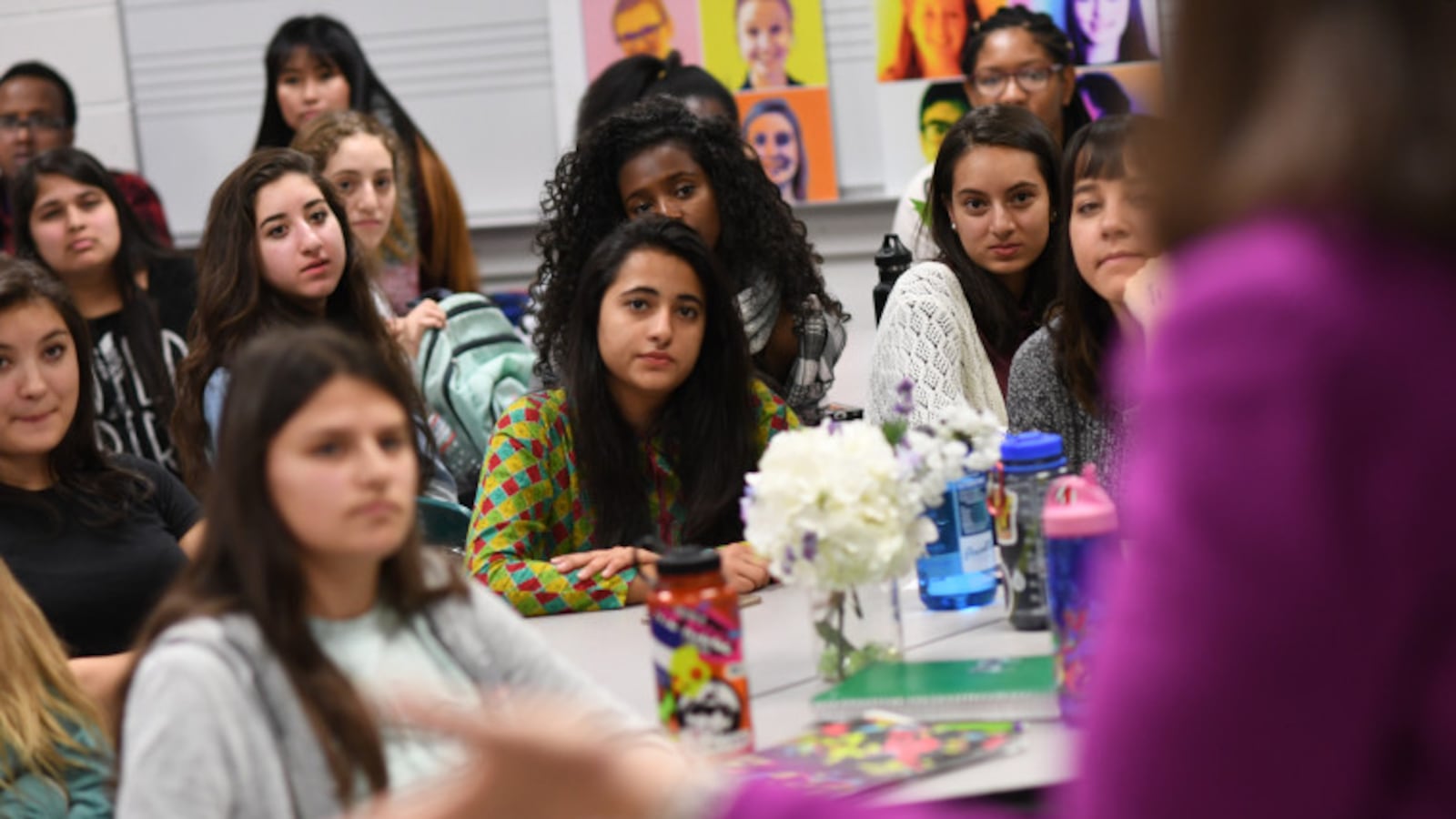Denver school officials have been wrestling with how to combat segregation in a rapidly gentrifying city, and a new report by a local advocacy organization offers more ideas.
Some of the recommendations from A Plus Colorado mirror those made recently by a committee of community leaders tasked by the school district with suggesting ways to address declining school enrollment and encourage integration.
But the report also includes unique recommendations, including that Denver Public Schools should set a goal that no school serve more than 90 percent of students from low-income families or 90 percent of students from higher-income families.
In 2016, 26 percent of the district’s 92,000 students attended a school where more than 90 percent of students qualified for free or reduced-price lunch, a proxy for poverty. That was an increase from 2003, when just 11 percent of students attended high-poverty schools.
Test scores show that students in schools where more than 90 percent live in poverty do worse than students in more integrated and low-poverty schools, according to the report.
The report says the district is particularly well positioned right now to encourage change, “as gentrification transforms neighborhood after neighborhood.” It summarizes research about the benefits of integration, including that exposing students to different ideas encourages critical thinking and creativity. But it also notes the district faces an “uphill battle” in convincing middle- and upper-income parents that diverse schools are best for their children.
“Denver cannot accomplish its professed goal of integrating more schools without city leaders investing some of their political capital in the effort,” the report says.
Here are some of the recommendations:
- Reserve seats for students from low-income families in the most affluent schools, and also reserve seats for students from middle- and upper-income families in the poorest schools. This would go farther than a current pilot program that gives students from low-income families enrollment priority at affluent schools after neighborhood students.
- Create elementary and middle schools designed to help students from low-income families attend elite schools such as Denver School of the Arts, which requires an audition to get in.
- Make public “the extent to which schools that serve diverse student populations are currently tracked,” meaning that some students are taking advanced courses and others aren’t.
- Hold schools accountable for supporting the development of advisory boards and Parent-Teacher Organizations “that represent the full mix of family diversity.”
Read the full report below.

